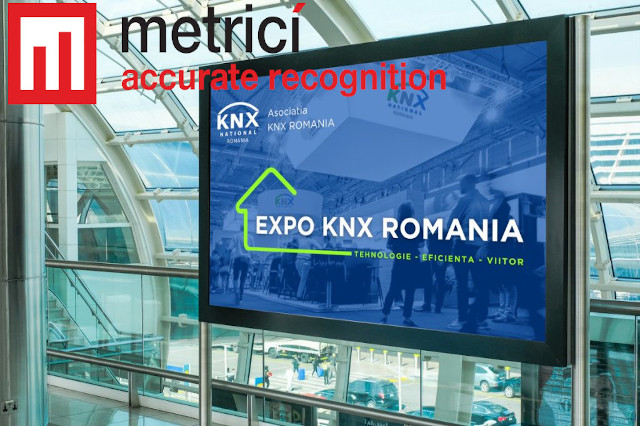- home
-
Products
- Products
- Metrici Custom Applications
- Metrici LPR
- Metrici LPR Parking Module
- Metrici LPR Toll Station Module
- Metrici LPR Weighing Module
- Metrici PPD
- Metrici Area Counter
- Metrici Line Counter
- Metrici QR Code Reader
- Metrici Container Code Recognition
- Metrici Thermal Analyzer
- Metrici Car Kit
- Metrici Server Systems
- Metrici Observer Radar
- Metrici LED Display
- Metrici MultiController
- Metrici LAN Controller
- case studies
- Applications
- Resources
- news
- videos
- Contact
Airport Security Applications using Metrici AI
AI and software solutions have vast applications in border control and security across various scenarios, particularly when integrating technologies like Line Counter, Area Counter, OCR, LPR, people and vehicle detection, classification by make, and thermal analysis for both people and objects. These technologies work together to enhance security, improve efficiency, and automate critical processes, leading to smarter and safer borders. Here’s how they can be applied in different security contexts:
Passenger Identification and Control
OCR for Document Scanning:
People Counting and Crowd Monitoring:
Passenger Flow and Queue Management
Line Counter
Area Counter
Luggage Scanning and Security Screening
AI and Object Recognition for Luggage Screening:
Automated Threat Detection:
Real-Time Alerts and Escalation:
Baggage Handling and Tracking
OCR for Baggage Tags:
AI-Powered Baggage Tracking:
Parking Management Using LPR and Vehicle Recognition
LPR for Vehicle Identification:
Parking Spot Management with Vehicle Recognition and PPD:
Long-Term and Short-Term Parking Automation:
Security Surveillance and Incident Detection
AI for Video Analytics and Surveillance:
People Detection and Intrusion Alerts:
Crowd Behavior Analysis:
Access Control for Restricted Areas
Intrusion Detection in Restricted Areas:
Vehicle Access Control with LPR:
Operational Efficiency and Process Optimization
AI for Queue Management:
Custom AI Models for Predictive Maintenance:
Custom AI and DNN Training for Airport-Specific Solutions
Custom Object Recognition Models:
Border Control and Immigration
OCR for Document Verification:
LPR for Vehicle Monitoring:
People Detection and Counting:




